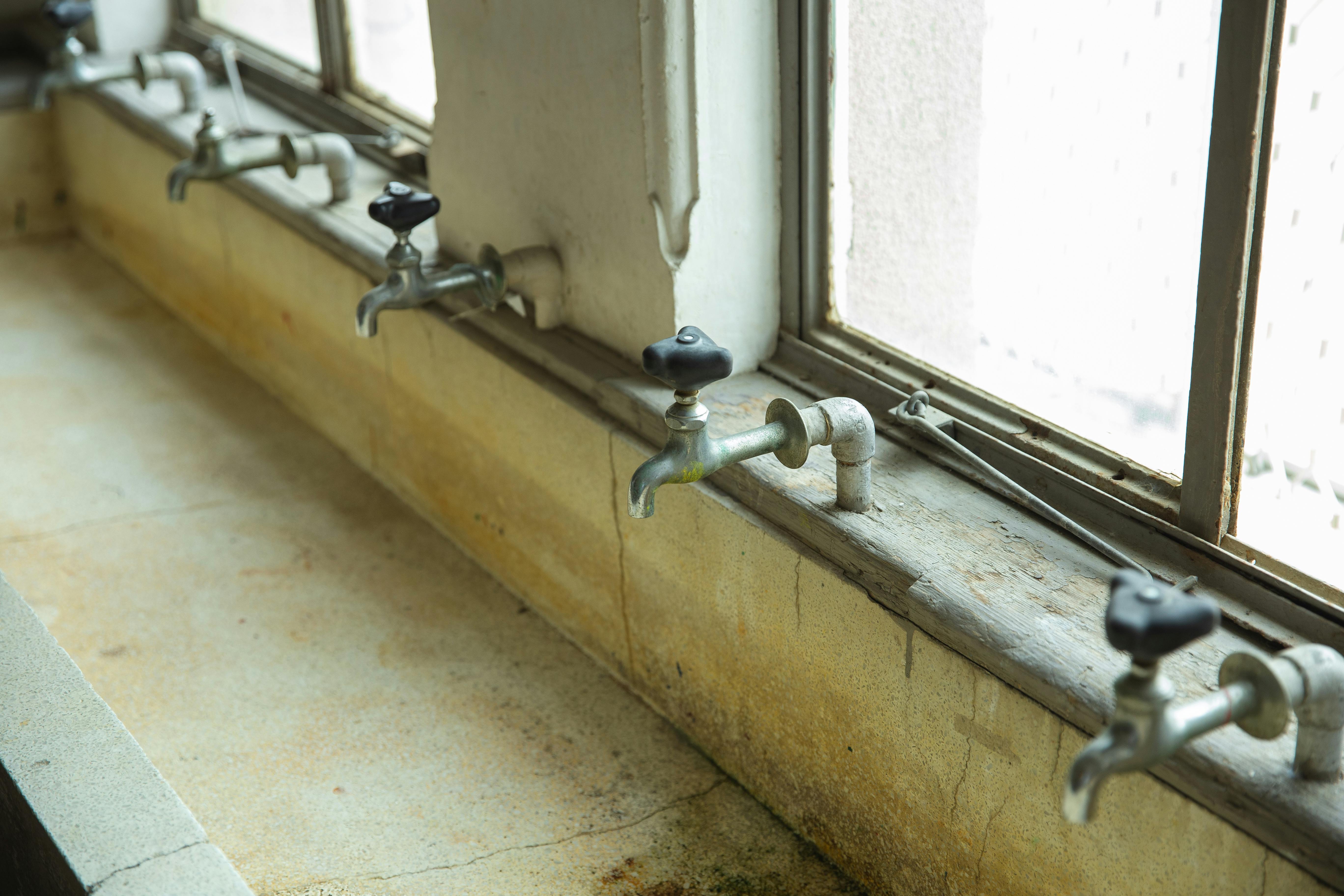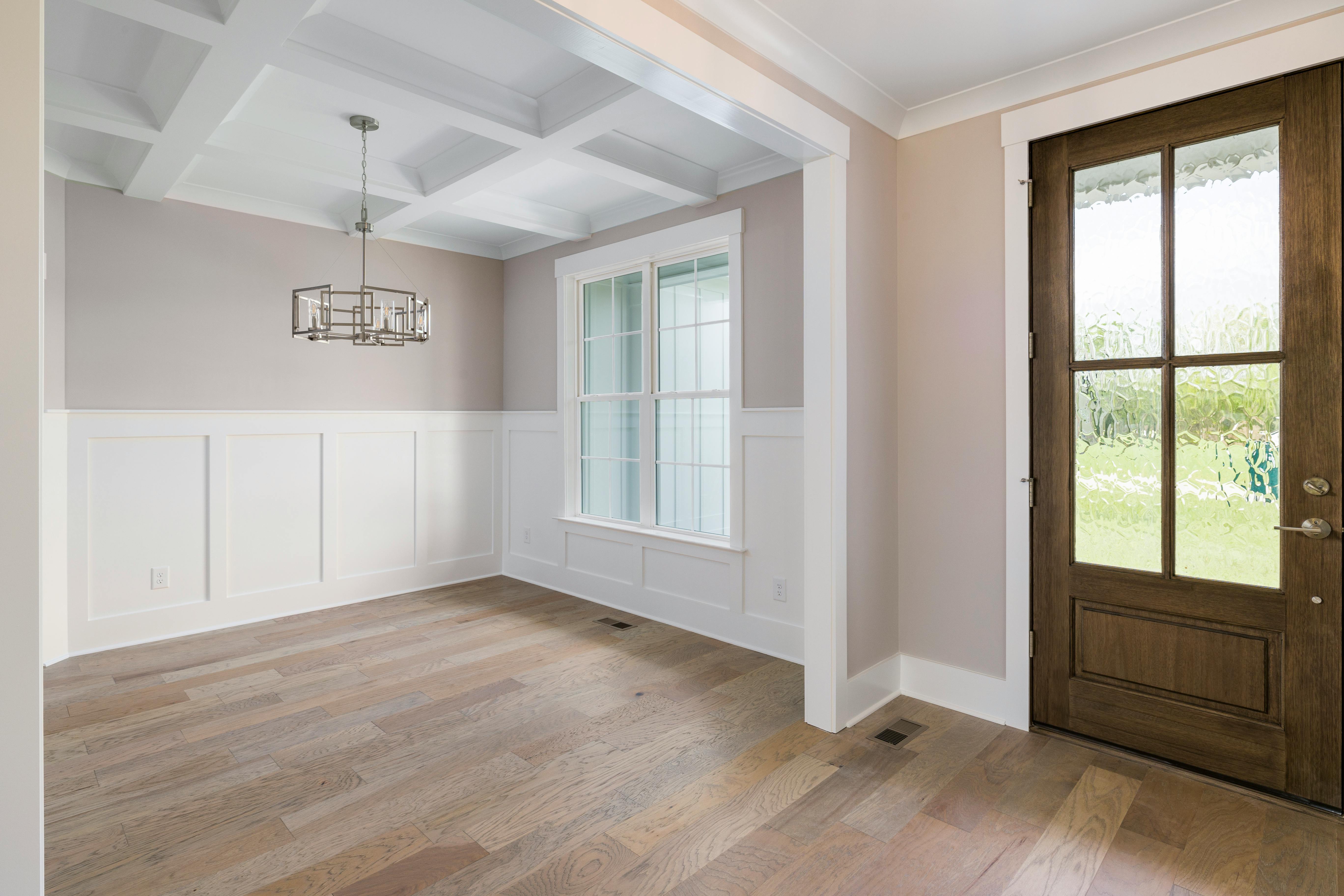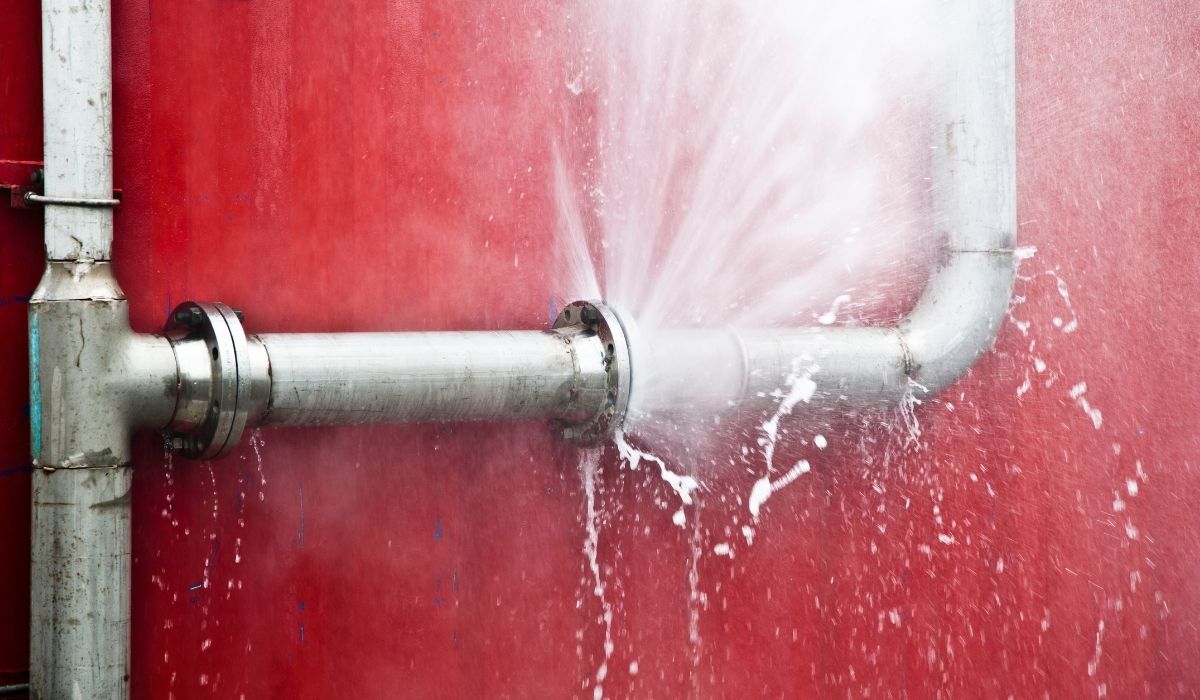Humidity and Mold Growth: What You Need to Know
Humidity plays a big role in how mold grows inside homes. When the air feels damp or sticky, it might mean your home has high indoor humidity levels. This can lead to mold growth, which is not good for your health or your house.
Let’s break it down in a simple way so you can understand how to keep your home safe and dry.
What Is Humidity?
Humidity is how much water vapor is in the air. When the air has too much water vapor, we call it high humidity. When there’s not enough, it’s low humidity.
Why Does Mold Like Humidity?
Mold loves wet and warm places. High indoor moisture levels create the ideal environment for mold spores to grow. These spores float in the air and land on organic materials like wood, drywall, or even dust.
If the surface temperature and the ambient conditions are right, mold starts to grow fast. Some mold growth prediction models show that mold can grow in just 24 to 48 hours if the conditions are right!

Where Does Mold Grow?
You might find mold in:
- Bathrooms (from hot showers)
- Basements (because of ground water)
- Kitchens (steam from cooking)
- Around air conditioning units
- On cold-condensing surfaces
- Behind walls with poor ventilation
Mold grows faster in High-Humidity Environments like Tropical climates or homes with excessive moisture.
What Are the Signs of Mold?
Watch out for:
- Musty odor
- Black, green, or white spots (Visible mold)
- Trouble breathing or mold allergies
- Headaches or intense symptoms
- Water stains on walls or ceilings
If you see or smell these signs, you may have a mold issue.
What Can Cause High Humidity?
Many everyday activities can raise indoor humidity:
- Cooking without exhaust fans
- Long, hot showers
- Drying clothes inside
- Lots of indoor plants
- Broken or old air conditioning systems
Without adequate ventilation, the humidity has nowhere to go. This makes it easy for mold to grow.
Why Is Mold Dangerous?
Mold can cause:
- Breathing problems
- Skin rashes
- Eye irritation
- Long-term health issues
Black Mold is one of the most harmful types. It can damage your building materials, your health, and even the structural integrity of your home.
How to Check Humidity Levels
You can use a moisture meter or a temperature sensor to check your home. Some hardware stores sell these tools. You want to keep humidity at an optimum level—between 30% and 50%.
This comfortable environment helps stop mold from growing.

Tips to Prevent Mold Growth
Here are some ways to keep your home dry and safe:
1. Use Air Conditioning
A good air conditioner helps lower indoor humidity and keeps your indoor temperature steady. Make sure the air conditioning unit is working well.
2. Turn on Exhaust Fans
Use your bathroom exhaust fan and kitchen fan. These pull wet air outside.
3. Keep Air Circulating
Use fans and open windows when it’s not too humid outside. Good air circulation helps keep surfaces dry.
4. Fix Leaks Fast
Check for leaky roofs, pipes, or windows. Excess moisture from leaks creates a favorable environment for mold.
5. Remove Mold Right Away
If you see mold, don’t wait. You may need Mold remediation experts to remove it. Learn more about mold removal in Orange County.
6. Clean High-Moisture Areas
Wipe down showers, sinks, and kitchen surfaces regularly.
7. Use a Dehumidifier
In humid climates, a dehumidifier can help keep your indoor environment dry.
What Materials Attract Mold?
Mold needs food to grow. Common materials for mold include:
- Wood
- Drywall
- Carpet
- Ceiling tiles
- Insulation
- Dust (made from organic matter)
These are full of nutrients for mold, especially when they’re wet.
How Fast Can Mold Grow?
With the right environmental conditions, mold can grow quickly. The likelihood of mold growth goes up when:
- The humidity levels stay high
- There’s a constant level of moisture
- You have Improper ventilation
- Cold surfaces gather water
Scientists have even created mold growth models and mold rating systems to measure mold viability.
How Much Mold Is Too Much?
Even a small spot of mold can mean there’s a bigger problem behind the wall. Experts talk about mould levels, background level, Chance level, and elevated levels to show how serious it is.
If you think the mold is spreading or you smell it all the time, it’s best to call a pro.
Can Mold Hurt My Home?
Yes! Mold can:
- Weaken your walls and floors
- Rot wood
- Damage paint and wallpaper
- Lower your home’s value
- Cause damage to building materials and building components
Over time, it can harm the building envelope and affect your environmental quality.
What Science Says About Mold and Humidity
Experts like the European Centre for Environment and Human Health say mold affects our health. Studies show strong connections between humidity issues and adverse health effects like asthma, coughing, and allergies.
They even use objective measurements, air measurements, and odour from air measurements to study mould-favourable conditions.
Some homes hold gallons of water in the air when the humidity is high!
How to Keep a Dry, Safe Home
- Watch your indoor levels with tools
- Keep your indoor moisture under control
- Use proper ventilation
- Fix any water problems quickly
- Hire experts for Mold remediation if needed
Remember, your home should always feel like a comfortable environment, not a damp, sticky one.
If you’re in Orange County and see signs of mold, don’t wait. Learn more about professional mold removal and protect your home and health.

FAQs
1. What humidity level is too high for my home?
Anything above 60% can lead to mold growth. Aim for 30% to 50% for a comfortable environment.
2. Can an air conditioner stop mold?
Yes! A working air conditioning unit lowers indoor humidity and keeps air moving, which helps prevent mold.
3. What does mold smell like?
Mold often has a musty odor—kind of like wet socks or dirt.
4. How fast can mold grow in humidity?
Mold can grow in just 1 to 2 days if the humidity levels and surface conditions are just right.
5. Is Black Mold dangerous?
Yes. Black Mold can cause serious health risks and damage your home’s structural integrity.
Need help with a mold issue in your home? Contact our team for expert Mold remediation in Orange County. Keep your home safe, dry, and healthy!
Visit your nearby local emergency responder or contact us today for more information.
Table of Contents
EXCELLENTVerified A straight up honest broker who knows his stuff. Excellent communication and very helpful problem solving our mold issuePosted onVerified Giving Eric a 5-star review, and we haven't even started any work yet. He came to gave us his professional opinion and quote to address a mold issue in our house. He is clearly very knowledgeable. His opinion was wildly different than the previous estimate we received, from an agency that wanted to charge us about 4 times as much. He did a much more thorough assessment, and explained his reasoning for why he felt that our issue wasn't as extreme as the previous agency. He even gave us some suggestions as to how we could address our issue on our own, if need be. He doesn't appear "out to get you"... there are a lot of companies that work off the "mold is gold" motto, but he doesn't seem to be one of them. If we end up going with him for the job, we'll update the review... but, I was just so happy and relieved with his approach, estimate, knowledge, and his overall professionalism. Glad there are still people like this out there!Posted onVerified Eric and his team were prompt and professional. From diagnosis through cleanup they were very thorough.Posted onVerified Above and beyond expectations. Eric and his team were not only helpful, kind, and relatable to our issues, they were extremely professional and reliable. Always answered our calls. Showed up on time with great attitudes. Respected our home. Most importantly, got the job done in a fast and timely manner. Can't recommend enough.Posted onVerified We had a leak under the kitchen sink and called another company first. We were told there is mold and they would have to tent the area to remove it and that we'd also need a whole new cabinet. Of course, it was pretty expensive and they said we couldn't use the kitchen for a couple weeks. Feeling it's always wise to get more than one estimate, I called Preferred Restoration as they had excellent reviews. Eric replied promptly and came out to look things over. He felt the mold wasn't bad enough to require a tent and also felt a whole new cabinet was not required. Needless to say, we accepted his estimate immediately and the work was done in a professional manner. (They don't do the carpentry work, but can make a recommendation.) I highly recommend Preferred Restoration. I believe it's an honest company with skilled professionals.Posted onVerified Eric the owner was great to work and keep me informed the entire time that the moisture was being removed from my home. Highly recommend Eric and his team for any job!Posted onVerified Right from the start I knew I was going to be in good hands with this company. The response time was super quick and getting Eric to come out to my home to assess the situation was quicker than expected. Eric was very knowledgeable and answered all my questions thoroughly. He took his time to listen to all my concerns to carefully address the issues in my home. He made a stressful situation feel less stressful and manageable. I definitely recommend this company and will contact Eric if needed in the future. Thanks again Eric!Posted onVerified We discovered a mold issue in one of our bedrooms and reached out to Preferred Restoration Services for guidance. Eric was extremely helpful in helping us navigate what needed to be done since we had no experience with this type of issue. He shepherded us through the process and helped us understand every step that needed to be performed. He referred us to a couple of contractors which we used for plumbing and testing and they were also excellent. This was helpful so that we didn't have to figure out who else we needed to work with and vet them as well. Everyone from Preferred Restoration Services was very professional, communication was excellent, and customer service was outstanding. We had a lot of questions and they were all answered very quickly. I highly recommend Preferred Restoration Services for any damage restoration needs.Posted onVerified Preferred Restoration is the best service in town! If you want quality, fair pricing & guidance, call Preferred Restoration! Ask for Eric, he is very helpful and quick.Posted onVerified We had an issue with a sewer line that leaked and potentially needed some soil remediation under the house. I gave Eric a call and made an appointment for the next day for him to come out and assess the situation. Throughout the process his communication was great and he was on time (even gave me a call to let me know he was on his way). He went above an beyond to even check inside the house for potential water damage/mold. We did not have to move forward with any remediation. I appreciate Eric's communication, thoroughness, and HONESTY. We will keep his contact if we need any work in the future. I highly recommend Eric and Preferred Restoration!



